Scientists capture the birth of neurons in adult mice
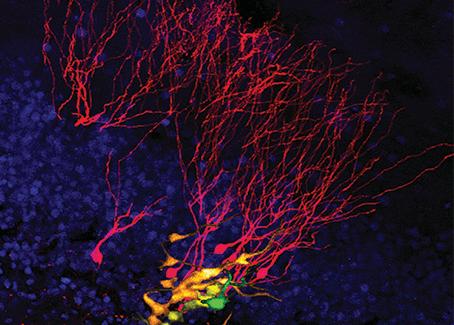
A Swiss-led research team has observed, for the first time, the division of neural stem cells in an adult mouse brain. The breakthrough could not only deepen our understanding of how brain cells develop, but also inform research into therapies for human diseases like Alzheimer’s and Parkinson’s.
Research over the past two decades has confirmed that adult mammalian brains can grow new neurons – overturning scientists’ previous assumption that the growth of such cells ends even before birth. Now, an international team of scientists, led by the laboratory of Sebastian Jessberger at the University of Zurich’s Brain Research Institute, has shown for the first time exactly how this happens, using the mouse brain as a model.
The study, published in the February 9 issue of the journal ScienceExternal link, illustrates the process by which neural stem cellsExternal link – self-renewing cells of the central nervous system that can give rise to other, more specialised cell types like neurons, or nerve cells – divide and develop. The researchers were also able to observe how new neurons become integrated into the adult mouse hippocampus, a region of the brain responsible for controlling learning and memory.
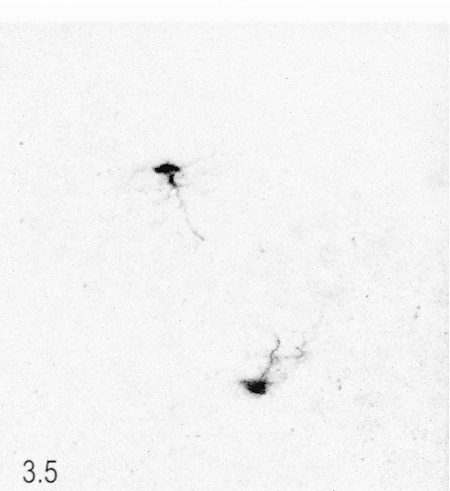
More
Watch mouse neural stem cells give rise to neurons
A microscopy technique called two-photon imagingExternal link allowed the researchers to capture pictures of the living mouse brain cells as they divided and to track the cells’ development and maturation for up to two months.
“In the past it was deemed technically impossible to follow single-cell stem cells in the brain over time given the deep localisation of the hippocampus in the brain,” Jessberger said in a statement.
“We were fortunate that a group of collaborators, including Fritjof Helmchen from the Brain Research Institute and David Jörg and Benjamin Simons from the University of Cambridge, joined efforts to bring together their expertise in deep-brain imaging and theoretical modelling, which allowed us to obtain and understand our data.”
Applications for human medicine
Notably, the researchers observed that the maturation process of the neural stem cells is very short, as they only completed a few rounds of cell division before maturing into neurons. This, they posited, could explain why the number of new neurons produced drops off so steeply with age.
Understanding how new brain cells are born and develop throughout a lifetime could be useful for advancing the study of human brain disorders, they wrote.
“In the future, we hope that we will be able to use neural stem cells for brain repair – for example for diseases such as cognitive aging, Parkinson’s and Alzheimer’s disease or major depression,” Jessberger said.

In compliance with the JTI standards
More: SWI swissinfo.ch certified by the Journalism Trust Initiative
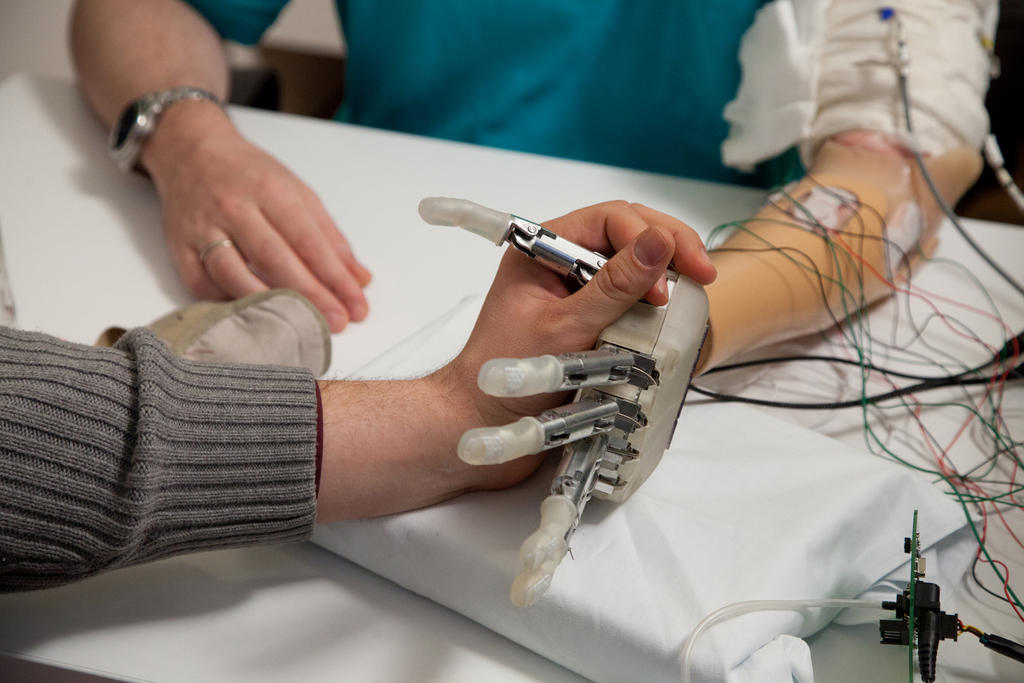
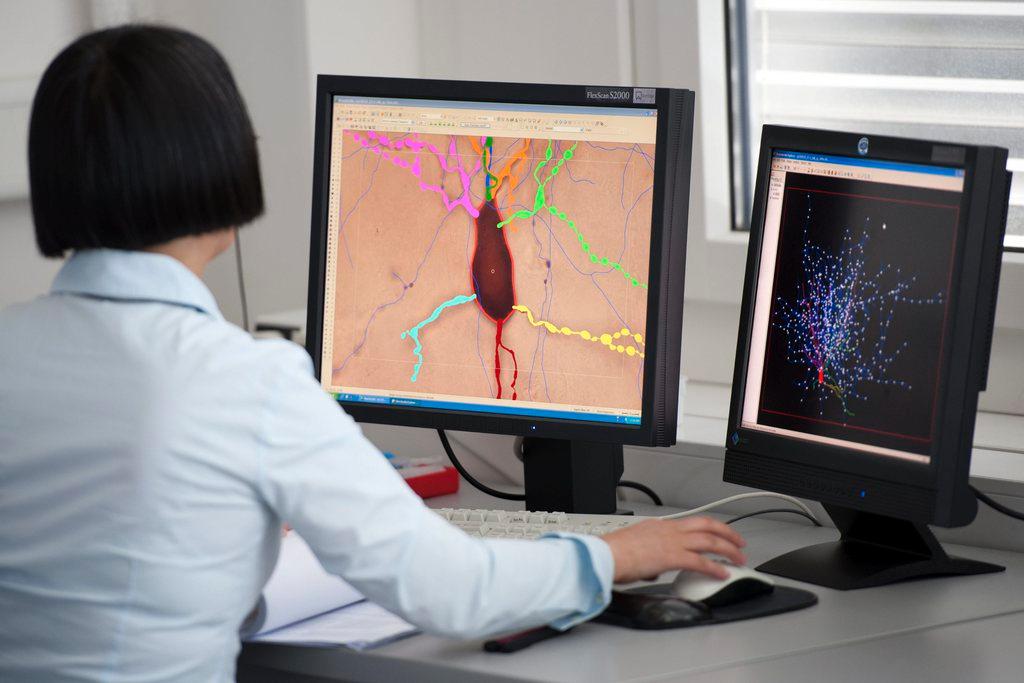
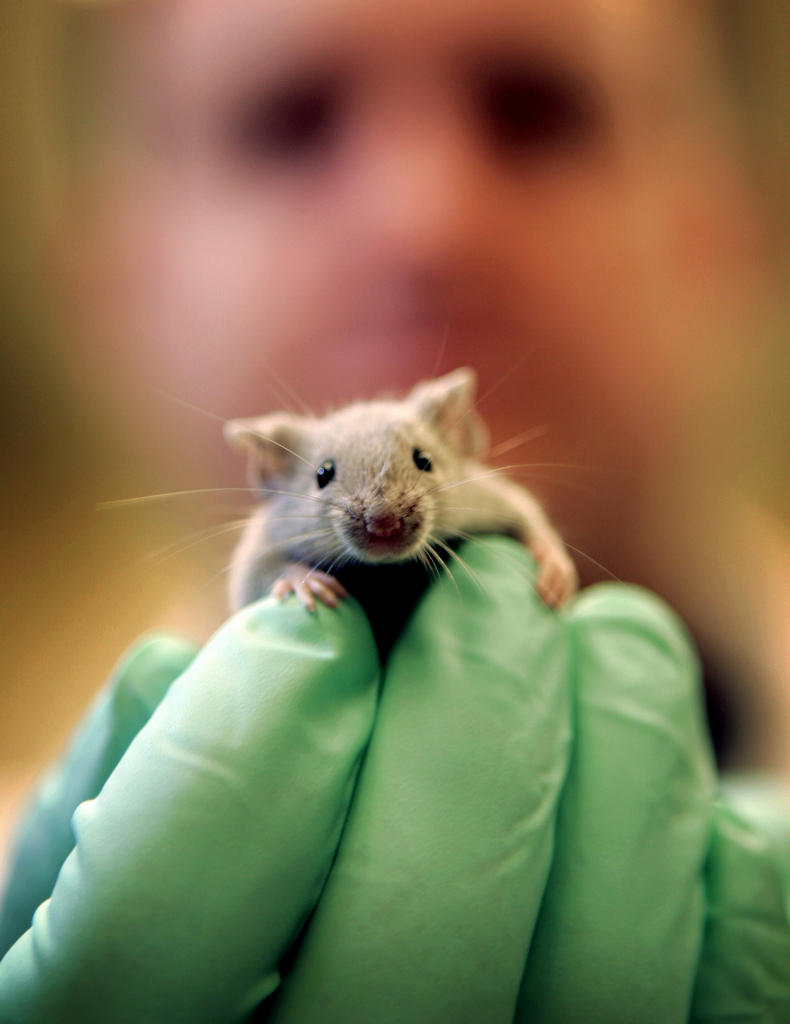
You can find an overview of ongoing debates with our journalists here. Please join us!
If you want to start a conversation about a topic raised in this article or want to report factual errors, email us at english@swissinfo.ch.